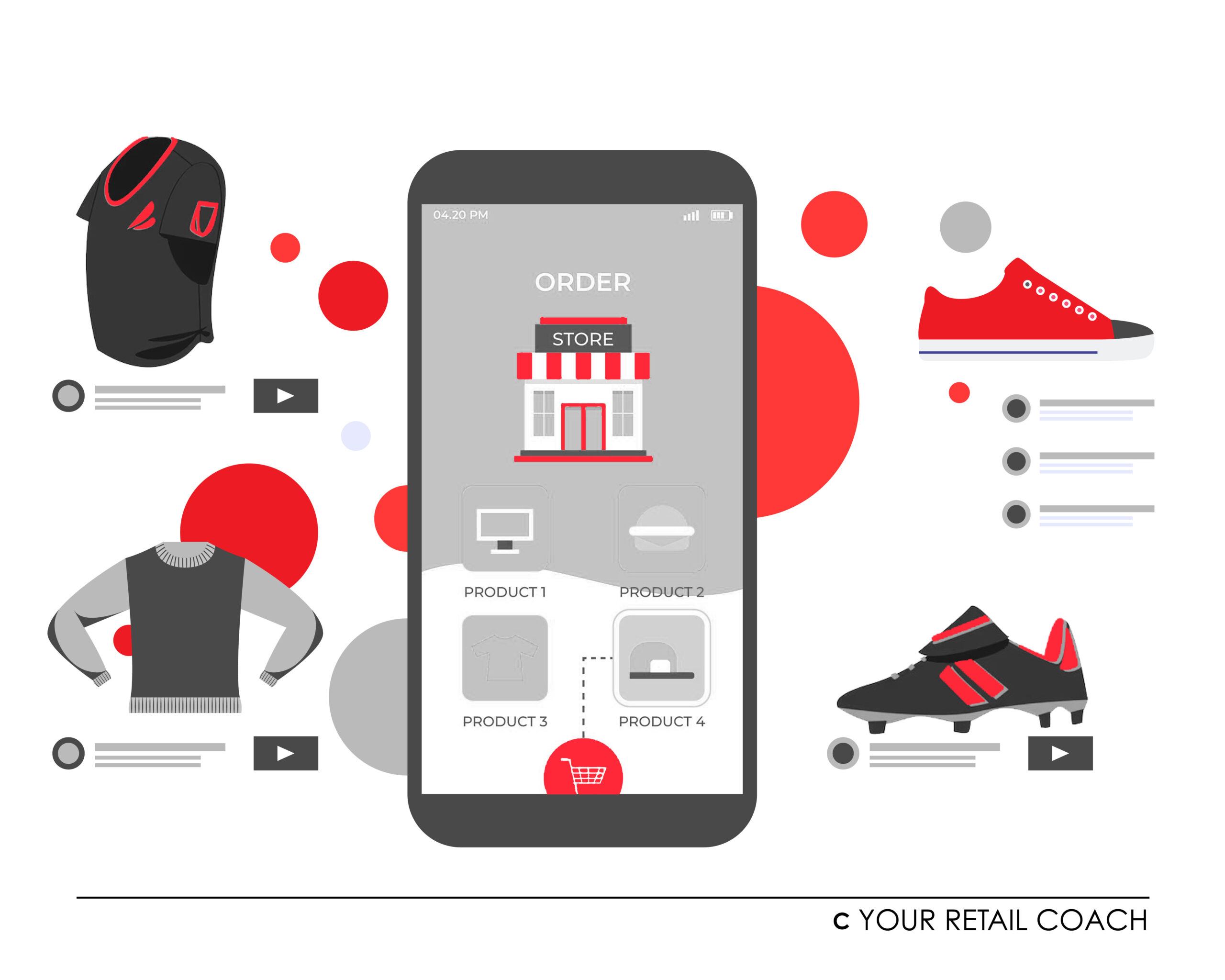Why Increased Demand for Fashion Sportswear?
Rising health consciousness and the ever-present need to look stylish
Needless to say, people nowadays are more conscious about their physical well-being than ever. And this cuts across generations. Nowadays, most parents/guardians enrol their children into some kind of sports training. Parents are also going for walks and hitting the gyms. In swimming pools, it has become common to find people over 60 rekindling their childhood exercises and hobbies. The rising number of sports institutes, gyms and fitness centres, and yoga camps speak for this trend. But demographic factors like the increase in population and urbanisation quietly working in the background also cannot be negated. And the need to look stylish is always there whether it is work or play.
Rise in the number of brands with budget-friendly products
With a note of thanks to eCommerce making room for a large number of small and medium businesses, fashion sportswear is now available at a wide range of price points. The merchandise offered by these brands quickly gained popularity among the masses. Making a fashion statement with sportswear is easier than ever before. Both businesses and customers are in better alignment in terms of the exchange of value. Customers have become more aware and do not get easily swayed by swanky branding alone. Brands and businesses also realise this change in consumer behaviour. There is a mutual reinforcement of demand and supply.
Effective outreach of online players
With digital marketing and analytics at their disposal, sportswear brands are now reaching out to their target segments more effectively. This has two important consequences. Customers who already have plans to buy fashion sportswear get a few steps ahead in their shopping journeys. Then there are customers who never previously realised the need for buying or shifting to fashion sportswear. Brands are able to generate buying interest for these non-customers. Thus, the increasing effectiveness of online brands in reaching out and appealing to target segments continues to fuel the demand for fashion sportswear.
Emergence of athleisure fashion
The emergence of new fashion trends always has a bearing on product demand levels. The longevity of this change in demand depends on the longevity of the trend in question. Athleisure fashion is one such ongoing trend. It resonates most strongly with children and adults from the younger generations. These are the customers who are most likely to go for workouts, look fashionable, share pictures and videos on social media, and spend more on value additions. Demographically, this is a huge segment. Anything that resonates with this segment lightens up the demand and supply equation.
But why on eCommerce?
Like brick-and-mortar retailing, eCommerce is also a channel of retailing. But in response to the increased demand for fashion sportswear, the growth in the number of brands and businesses with this offering is more vibrant in eCommerce. Now the reasons are a bit more generic. And it would also partially answer why to start an online fashion sportswear business instead of a physical store.
Big brands going online
Customers in many relatively smaller cities and towns with a desire for luxury brands have to travel to bigger cities in their vicinity for shopping. And travelling to another city merely for shopping may sound like an unusual proposal. That somehow goes against ordinary prudence unless the requirements are critically important. By going online, big brands get access to markets where they do not have any physical stores or distribution. The impact is huge because with one shot these big brands are able to access multiple such smaller markets with a good number of potential customers in each. In return, interested customers get access to the products of those brands. It offers a win-win scenario for both businesses and customers.
Business case of MSME brands
Ecommerce opens up avenues for micro, small, and medium enterprises (MSMEs) to reach out to a wider customer base. Sometimes despite good offerings, small businesses could not cover up on volume by sticking to physical retailing. It is also an expensive affair for small businesses to launch a network of stores. Ecommerce provides them the much-needed platform to sell their products to customers based almost anywhere in the world. The same eCommerce provides a window for value-based shopping to customers. Customers also get access to a large number of brands with suitable value offerings. There is something for every budget and that is possible via the efficiencies hosted by eCommerce. It makes utmost business sense for MSMEs to opt for eCommerce to target more potential markets.
Quicker Turnover
From targeted digital marketing to order fulfilment, eCommerce shortens the shopping journey. Other things done right, businesses can sell more quickly on eCommerce. For instance, 10 out of 100 customers may make purchases by visiting a fashion or sportswear store. But if 1000 customers visit an eCommerce website and if the same conversion rate is maintained, the number of customers making purchases would be 100. That is one of the powers of eCommerce. But this comes with the caveat that other things like product mix offered, identification of customer segments, value propositions, digital marketing, website features, etc. also must be done right. So, before starting an online fashion sportswear brand, doing the requisite homework is important.
In explaining the growth of fashion sportswear brands on eCommerce, three big factors come into play – health, fashion, and eCommerce. Each of these factors has independent reasons to grow. People are becoming more health-conscious and picking up fitness activities. This leads to the generation of demand for sportswear. The need to look fashionable enjoys its own special place for every individual. It is kind of a universal thing. And eCommerce turns out to be the ground where businesses can fulfil the demand of customers more effectively and efficiently. And no brand wants to miss out on this opportunity.
About YRC
We are a decade-old retail and eCommerce consulting brand with the experience of working with 500+ clients cutting across industries. For service design and delivery, we deploy experienced retail and eCommerce consultants.
About starting an online fashion sportswear business, we offer expert assistance in business modelling, business planning and strategies, SOP manuals, IT-system integration, and more. As retail consultants, we believe that to develop precise solutions it is important to work in close coordination with clients.
For any service-related queries or to have a quick chat with one of our retail consulting experts, please drop us a message.











